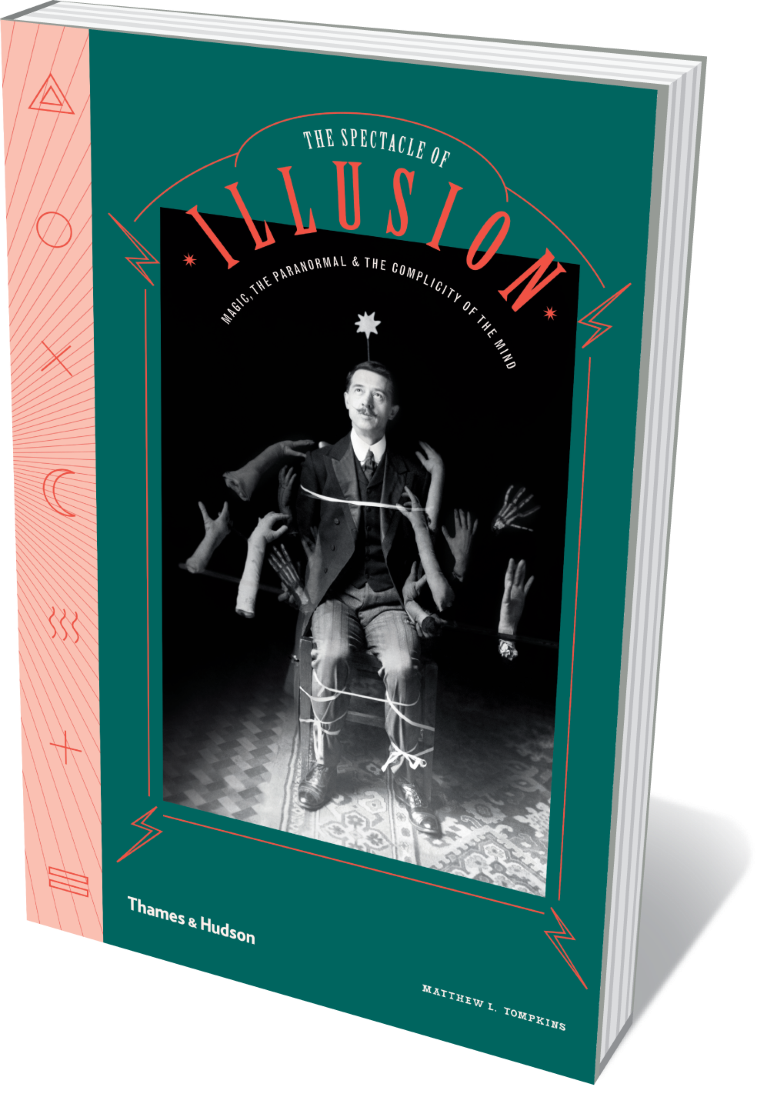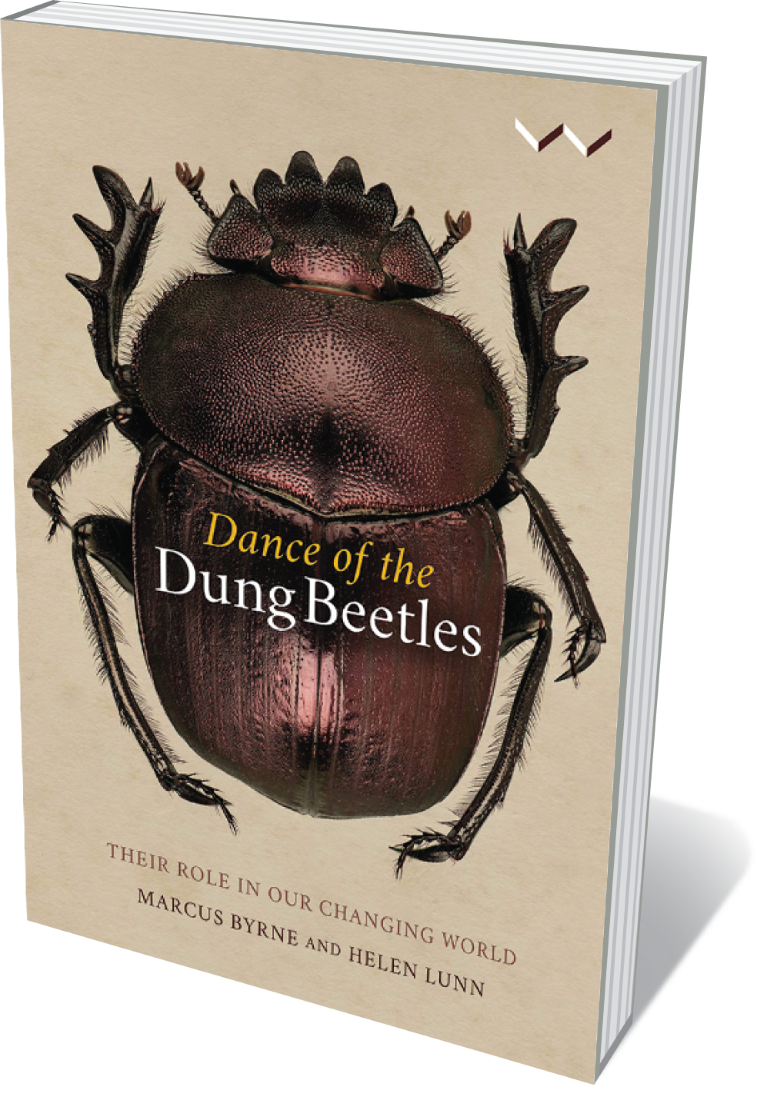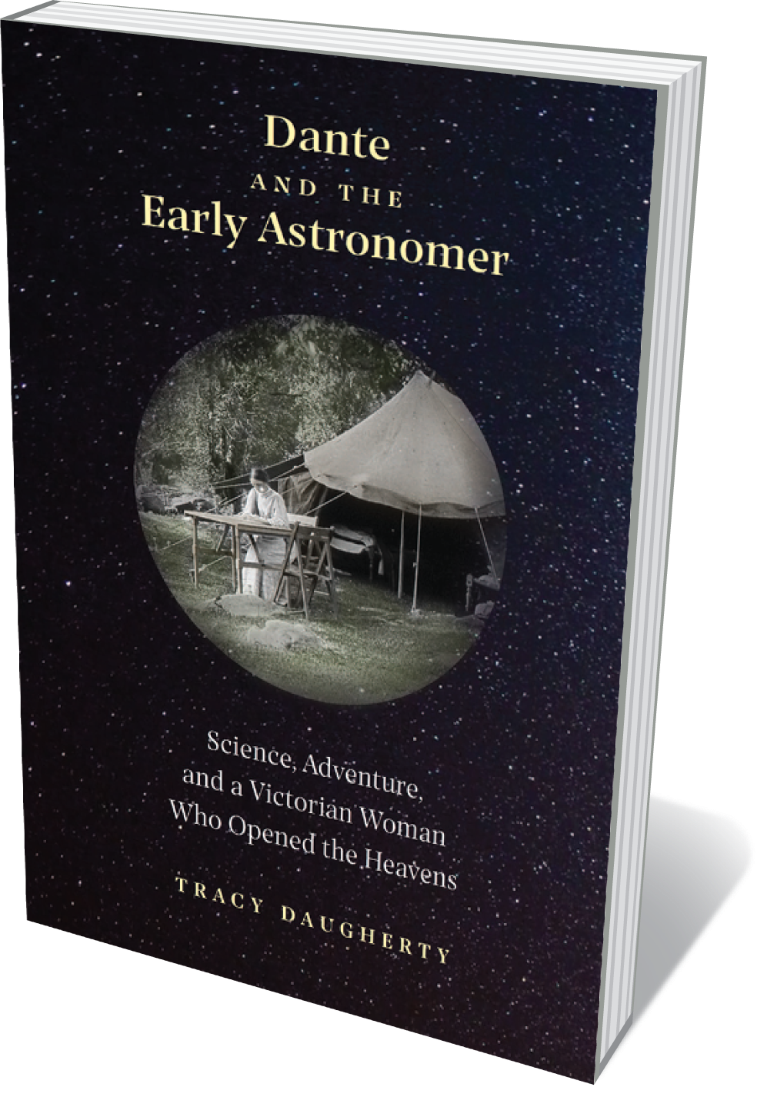
Michael E. Webber Basic (2019)
Energy is invisible. Yet, argues mechanical engineer Michael Webber, it has built civilization — for better and worse, as he describes in gritty chapters on water, food, transportation, wealth, cities and security (including war). Bottled water, for example, demands energy for processing, sealing and refrigeration, but the lion’s share goes on manufacturing the plastic container. That makes it 1,000–2,000 times as energy-intensive per litre as tap water, depending on how far it’s shipped. Technical fixes for global over-consumption are analysed, but as Webber notes, there is no magic bullet.

Matthew L. Tompkins Thames & Hudson (2019)
Physician and writer Arthur Conan Doyle, creator of arch-rationalist Sherlock Holmes, was a friend of legendary magician and escape artist Harry Houdini. Ironically, Doyle evangelized for the paranormal — even as Houdini used illusion to expose it as fraudulent. Yet the belief gripped distinguished scientists of the era, from physicist William Crookes to naturalist Alfred Russel Wallace. All this and more invigorates experimental psychologist and magician Matthew Tompkins’s lavishly illustrated companion to Smoke and Mirrors, an exhibition about magic currently at London’s Wellcome Collection.

Marcus Byrne and Helen Lunn Wits University Press (2019)
Dung beetles — which fascinated Charles Darwin — were once divine symbols. In ancient Egypt, Khepri (god of the rising Sun) had a scarab-beetle head because the insect ‘danced’ balls of dung across the Earth, just as the Sun moved across the sky. The beetle is thought later to have metamorphosed into zodiac sign Cancer, the crab. Now, thanks to experiments by entomologists such as Marcus Byrne, we know that dung beetles can navigate by the Milky Way. His collaboration with writer Helen Lunn, eye-catchingly illustrated, is a captivating compound of science, history and myth.

Alex Rogers Wildfire (2019)
Just 10% of an estimated 2 million marine species have been described, and a mere 0.0001% of the deep-sea floor has been sampled. Twelve astronauts have visited the Moon, but only three divers have reached the lowest point of the sea bed, Challenger Deep in the Mariana Trench. Alex Rogers’ authoritative, hands-on study brims with such findings. A marine biologist and environmental activist, Rogers mixes wonder with wake-up calls about overfishing, pollution, invasive species and climate change, along with proposals for protection. Regrettably, there are no maps or index.

Tracy Daugherty Yale University Press (2019)
Victorian scholar Mary Evershed was a published amateur astronomer gripped by Renaissance poet Dante Alighieri. Her 1914 Dante and the Early Astronomers, reviewed in these pages (see Nature 94, 359–360; 1914), is still admired for clarifying the sensual astronomical references in Dante’s Divine Comedy. Literature professor Tracy Daugherty brings Evershed to life, but he is less assured on the astronomy, especially Albert Einstein’s general theory of relativity — which was questioned by Evershed’s husband John, a professional astronomer in India under British rule.



